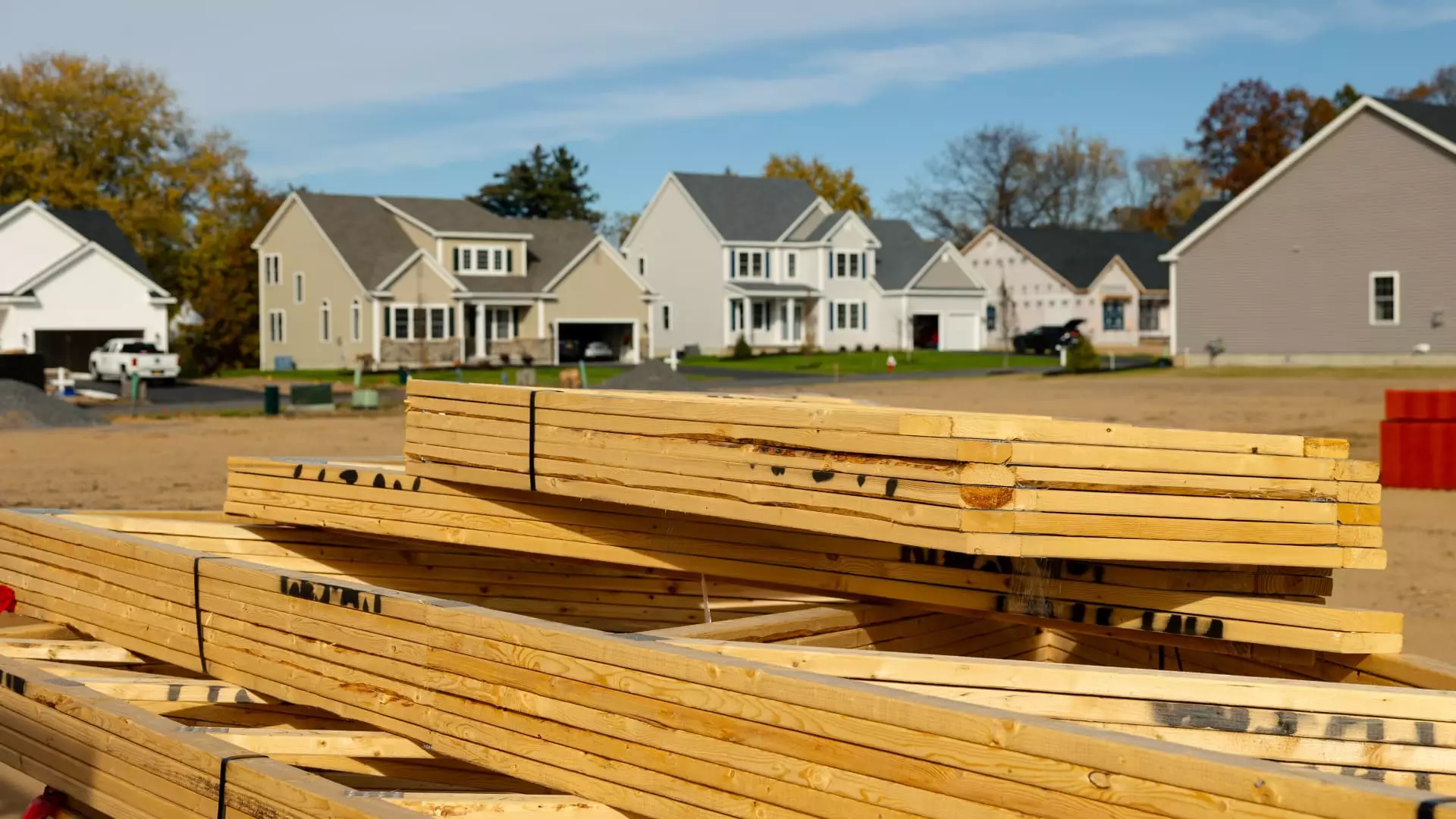The sales of newly built homes in April saw a significant drop of 4.7% compared to March and a larger decrease of 7.7% from the prior year, according to the U.S. Census. This decline has been attributed to higher mortgage rates, which have been hindering potential buyers from entering the market. In March, the average rate on a 30-year fixed mortgage was in the high 6% range, but rapidly increased to 7.5% in April, impacting the affordability of new homes for many buyers.
Price Hikes and Affordability Concerns
The median price of a new home sold in April was $433,500, reflecting a 4% increase from April 2023. This rise in prices can be partially attributed to the type of homes being sold, which tend to be on the higher end of the market. Consequently, buyers in this segment are less affected by mortgage rates as they often make purchases with cash. Builders have stated that they are unable to lower prices due to high costs associated with land, labor, and materials.
Challenges in the New Build Industry
Despite efforts by some large production builders to lower mortgage rates and boost sales, the overall new build industry is still struggling. Builders like D.R. Horton and Toll Brothers have reported strong earnings, but the industry as a whole is selling new homes at a pace below the 5-year average. Market conditions point to a lack of supply and rising home prices, making it difficult for lower-income buyers to afford new homes.
A new index developed by the National Association of Home Builders and Wells Fargo revealed that in the first quarter of 2024, 38% of a median household income was needed to afford a median-priced new single-family home. Low-income families, defined as those earning just 50% of the area’s median income, would have to spend a staggering 77% of their earnings to purchase the same home. The growing housing affordability challenges are primarily driven by the shortage of housing units, with a nationwide shortage of approximately 1.5 million homes.
While the number of newly built homes has seen a 12% increase year over year, the prices of these new homes continue to rise. This price premium makes new homes out of reach for many lower-income buyers, exacerbating the affordability crisis in the housing market. Additionally, the lack of inventory in the lower end of the resale market further compounds the issue, leading to growing challenges for buyers in finding affordable housing options.
The decline in sales of newly built homes in April can be attributed to a combination of factors, including higher mortgage rates, rising prices, and limited supply. These challenges present significant barriers to entry for lower-income buyers, highlighting the ongoing affordability crisis in the housing market. Builders and policymakers must address these issues to ensure that all individuals have access to affordable housing options in the future.

